What? |
|---|
|
Iwakuni (岩国) is known for its iconic Kintai Bridge (Kintaikyo 錦帯橋), and additionally for its castle on a nearby hill. Shunan (周南) is an industrial center with little in the way of tourist attractions. The small Ozu Island (大津島), located only a few kilometers off coast on the other hand, has a very interesting Kaiten Museum (回天記念館). Kaiten is the word used for suicide torpedo pilots – the less famous variant of kamikaze pilots; not in the air but at sea. Apart from the museum there are also some remnants of when the human torpedo training center was located there. The industry plain along the coast lights up at night and forms the reason of existence for nightly tourist cruises. |
Where? |
Both Iwakuni and Shunan are located on the heavily served Sanyo Main Line (山陽本線) in Yamaguchi Prefecture (山口県). With Iwakuni Station (岩国駅) and Tokuyama Station (徳山駅) respectively, their stations are also stops for the Kodama Shinkansen, making both cities easily accessible from major urban areas like Osaka, Hiroshima or Fukuoka.

|
URL |
|
Full Frame Kaiten Museum (JP) Is Japan Cool? Shunan Factory Night Tour (JP) Japan Guide Outline (Iwakuni) |
I had planned a whole trip through Yamaguchi Prefecture in March so I could combine it with a game of my favorite team in nearby Kitakyushu. Everything was planned and booked. And then Covid-19 happened.
A little more than half a year later I am finally taking my trip. Well understood, with mouth mask, but also with considerable discounts thanks to the government’s GoToTravel campaign.
The actual goal of my first day was the lesser known Ozu Island. Ever since I knew about it, I wanted to visit the small Kaiten (human torpedo) Museum located here. It’s located in the industrious Shunan City with little else in the way of touristic attractions. However, they use their industrious image by lighting up the factories at night and doing coastal cruises. Of course, this happens at night, so I still had a morning that I could fill with something.
I decided to jump off the train at Iwakuni to see the famous Kintai Bridge. The bridge itself is actually really beautiful. I kind of expected a tourist trap, but early in the morning the bridge stood bereft of visitors, but proud in the glittering reflection of the sun in the river. Crossing it proved a little bit dangerous if you don’t mind your step, as I almost found out. The steps disappear in a smooth surface at the top of every bow, but they quickly reappear again on the downward slope, so be careful, you don’t want to remember this bridge as a bone breaker!
In the vicinity of the bridge stands the Iwakuni Castle on a hill. The picturesque sight of the bridge and castle in the background made me we want to visit, but I didn’t have the time if I wanted to make my main goal.
After training to Tokuyama Station I boarded the ferry to Ozu Island. I only visited the area around Mashima Port (馬島港), but the island is rather big and seemingly offers some dreamy walks. If the Kaiten Museum would be as depressive as the Hiroshima Museum I would absolutely take the walk to come to my senses, but that didn’t prove necessary.
The little museum had some artifacts of the youth being trained to serve as human torpedo’s, a replica of the torpedo-submarines used and a row of graves - or more correctly, remembrance plates. It was nowhere near as impressive as the ones I visited in Belgium’s Westhoek though. The most interesting about the museum was a 25 minute documentary with interviews of the men who served at Ozu Island but never saw their turn come.
Unfortunately there were no subtitles, so depending on the person who was talking I only understood half of what they were saying. Even so, I found it still very interesting.
What I always find a little baffling in Japan is the lack of background regarding the war. Even here, men talk about sacrifice, about protecting the motherland, about peace and the need to find meaning for the death of their friends, but when it comes to the background of why this all happened, the museum is limited to a picture of Hitler, Mussolini and an unknown Japanese representative celebrating their alliance.
Even more interesting than the documentary are the remnants of the Kaiten base: a 250 meters long tunnel leading to the ruins of the platform from where training runs were conducted. Here there are English signs available to add some information (albeit very basic) to the well preserved ruins.
The atmosphere wasn’t one of desperation, nor didn’t it demand some thorough contemplation, so instead of making the dreamy walks I climbed the small mountain towards the ruins of the torpedo viewing platform and a quite disappointing monument. The views at the top were equally unimpressive, but along the way there were some better vantage points with picturesque sights of the island’s bay and the never stopping factories of Shunan.
Taking the ferry back I arrived at Tokuyama port from where the night cruise would begin to view these same factories. The coastline of Shunan City is simply put one huge 9km long blob of heavy industry. Giants like Tosoh and Tokuyama have huge factories here, and while dreadful during the day, when they light up during the night they become simply mesmerizing. I took a cruise that took an hour and a half and I wasn’t bored for even a minute. The guide talks technical stuff about the industries which sometimes went above my comprehension skills, but the whole scenery is very interesting even without additional information. What is great about this place is that the companies actually allow the tourist boats to get to almost jumping distance of their facilities. I’m pretty sure this wouldn’t be allowed in most places. The cruise was a bit pricy so I had my doubts about the ROI, but I’m certainly glad I hopped on the boat.
Afterwards I left Shunan for Yamaguchi from where I would visit the Akiyoshi Cave and Plateau the next day.
>>More pictures<< |
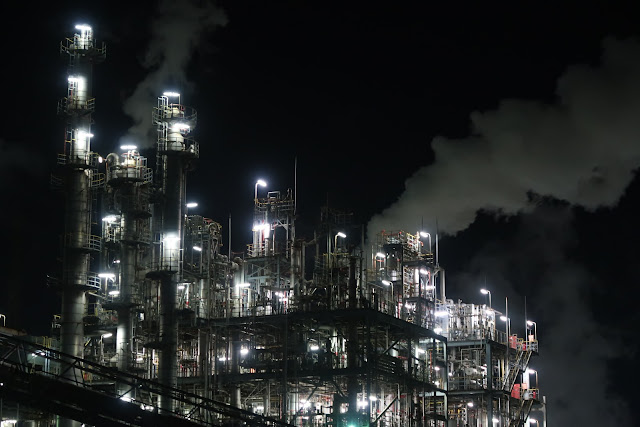
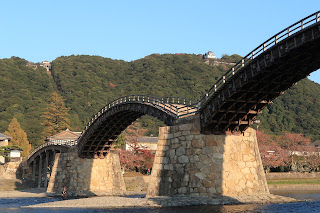

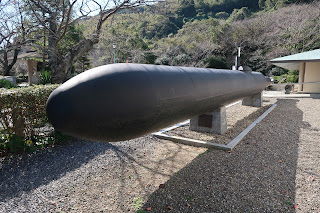


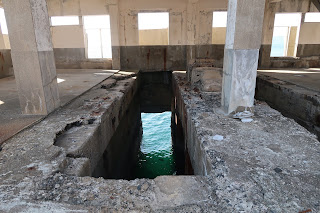
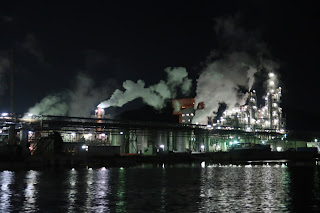
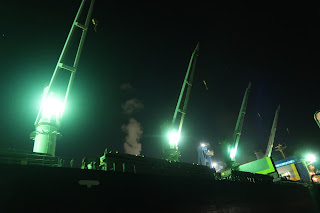











No comments:
Post a Comment